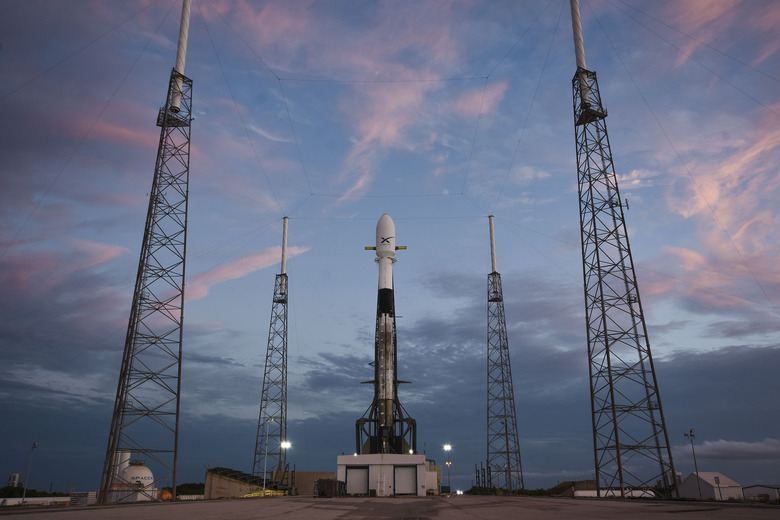SpaceX May Be Close To Rolling Out Starlink Internet Testing
- SpaceX delivered another 60 Starlink satellites into orbit in an early morning launch today.
- The mission brings the full count of deployed Starlink satellites to over 700.
- Boss Elon Musk has said that the service may begin to roll out when as few as 500 satellites were functional, so we may see early testing happening sooner rather than later.
SpaceX is always juggling a lot of different projects at once, but its Starlink program is one that will take some time to complete. With plans for tens of thousands of Starlink satellites in orbit at the same time, the company needs to keep up a steady stream of launches to bolster its numbers. Today, it did just that, sending another compliment of 60 Starlink satellites into Earth orbit which will eventually be used to provide high-speed data service for paying customers.
The launch took place from Kennedy Space Center in Florida, and as is often the case, the Falcon 9 booster that propelled the satellites into space made a safe landing on a SpaceX drone ship shortly thereafter.
As Space.com reports, this particular Starlink launch has already been delayed twice. The first delay came due to poor weather, which is not uncommon, while the second came as SpaceX decided to perform a data review ahead of the launch. Whatever may have been amiss doesn't appear to have affected the launch itself, as the trip early this morning went off without a hitch.
SpaceX has already flown well over a dozen missions so far this year, and many of them have been Starlink satellite deployment missions. A Falcon 9 can carry a full load of 60 Starlink satellites at once time, but SpaceX often uses missions for other clients to deliver smaller numbers of its own satellites into orbit. If a satellite for a client doesn't need all the payload space (they rarely do), SpaceX finds a way to fill the rest with its tiny Starlink machines.
The company has come under fire in recent months for its Starlink program, and more specifically, the Starlink satellites themselves. Astronomers have demonstrated how difficult it is to get a clear image of the cosmos when there are dozens of satellites flying overhead, and SpaceX isn't even close to having its full horde of Starlink hardware in orbit.
Right now, SpaceX has just over 700 Starlink satellites in orbit. That's enough for the service to get started with early testing, according to boss Elon Musk, but it's not even close to the company's true ambitions. The US government has already given SpaceX the thumbs up to send up to 12,000 of the tiny satellites into orbit.
SpaceX has been trying to solve the astronomy problem by trying different things with its Starlink hardware, like painting them matte black and installing visors that block the reflection from the Sun. It's unclear how effective those measures will be over the long term.
